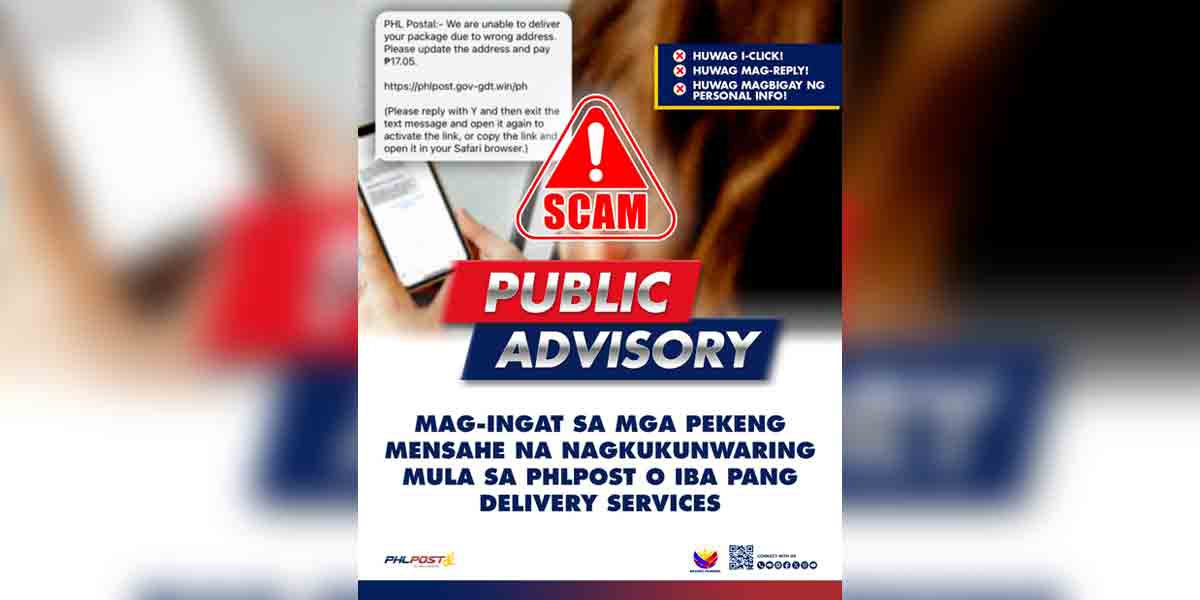
By: Emme Rose Santiagudo
THE public has developed a “climate of fear” in the face of the surging dengue cases in the region.
Now more than ever, people have been rushing to the nearest rural health units (RHUs) and district hospitals to get tested when experiencing dengue-like symptoms.
But Department of Health-Center for Health Development (DOH-CHD) 6 regional epidemiologist Dr. Jessie Glen Alonsabe warned that the public should be able to balance fear or overreaction with the proper response to dengue.
“I-balansehan man naton ang overreaction kag ang husto naton pagrespond sa sakit,” he said in a phone interview on Wednesday.
On a positive note, Alonsabe said that this fear translates to increased awareness of dengue among the public.
“Subong gamay gamay lang na sakit ulo gapacheck na ang publiko, mas okay na kesa nga mangin complacent sila and wala nila gasinapak ang symptoms sang dengue,” he added.
While the cases keep going up, Alonsabe said the figures also indicate increased public consciousness and awareness on the signs and symptoms of dengue.
“Kun lantawon ta man gid ang number of patients, wala ganubo but that also shows nga conscious na ang mga tawo kag gakadto na sila sa aton mga health centers para magpakonsulta and magpabulong,” he said.
Dengue cases in the region already climbed to 23,216 with 111 deaths, based on the latest data from DOH-CHD 6.
In the 29th morbidity week, the health department recorded 2,854 new cases in the region.
Guimaras, which recorded a 1,439 percent increase in the number of dengue cases – the highest in the region – already declared a state of calamity.
From only 58 recorded dengue cases from January 1 to July 20, 2018, the province registered 889 dengue cases in the same period this year.
Guimaras is the third area in the region to declare a state of calamity following Iloilo and Iloilo City last week.
Meanwhile, if the 2013 trend will be followed, Alonsabe said that the number of dengue cases in the region is seen to decline in the middle of August.
With this, he appealed to the local government and the public to sustain their efforts in campaigning against dengue, particularly the 4S advocacy.
“May effect gid ang mga initiatives sang mga probinsya through their respective LGUs but it should be sustained most especially ang aton 4S para magnubo na gid ang aton dengue cases,” he said.
4S stands for:
- search and destroy the breeding places of the mosquitoes;
- self-protection measures like use of long sleeves and mosquito repellents;
- seek early consultation; and
- say yes to fogging.
Earlier, Health Secretary Francisco Duque III stressed that 4S is the best weapon that can counter the dengue epidemic.
“More than ever it is the prevention that is the key. If you fail in the prevention side, then you will see a lot of these epidemics and this is going to be really a burden for the system, especially for the local health system. We have to prevent, rather than go into the very expensive process of treating, bringing these patients and exposing them to other complications,” Duque emphasized.


















